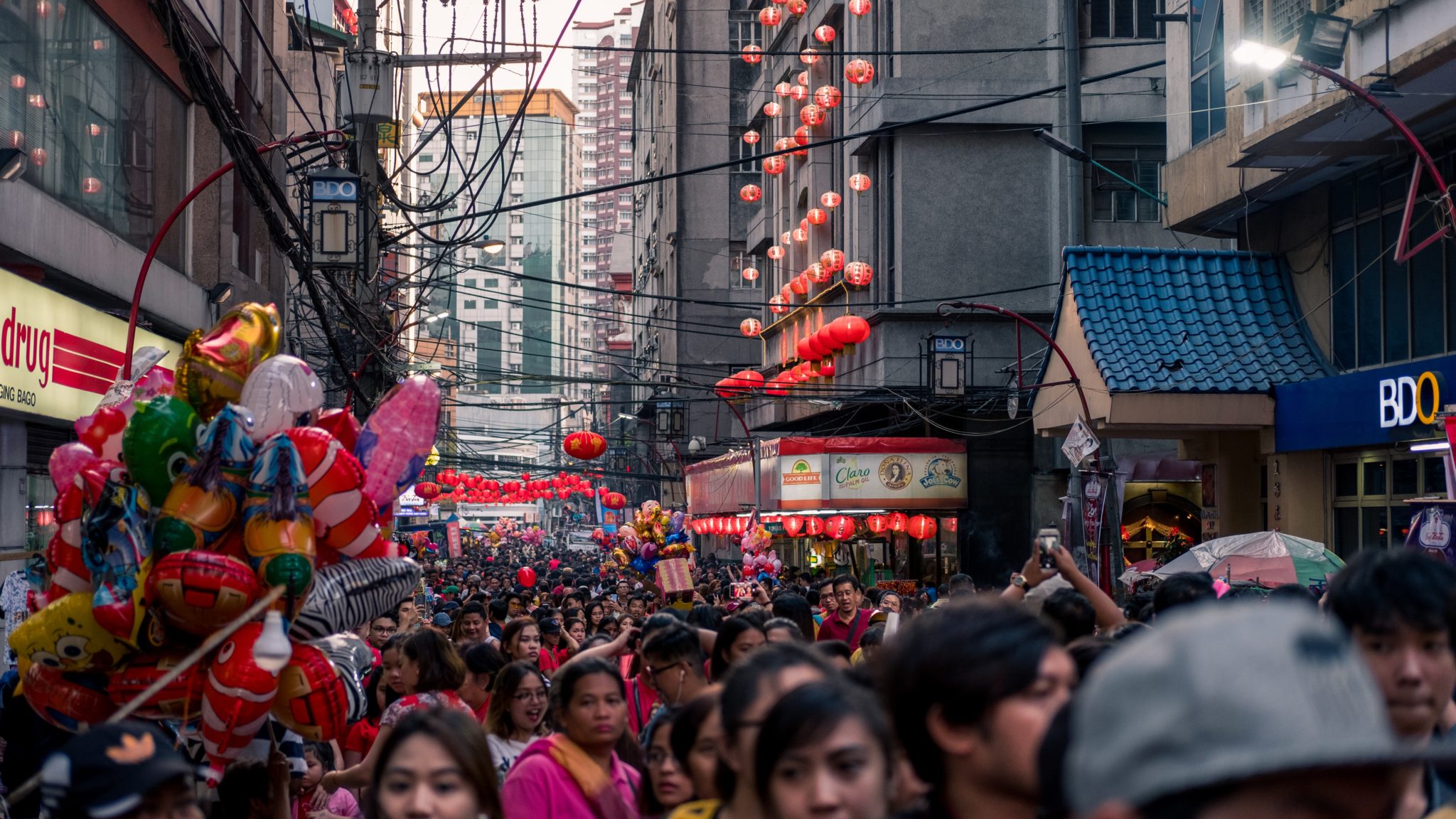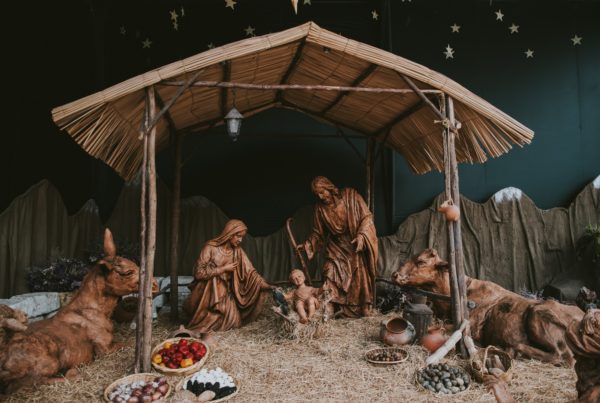Background
Among Chinese festivals, the New Year Festival is the most widely known and celebrated. Based on the lunar calendar, or a thirteen-month cycle, the new year observance offers many parallels with the European winter festivals that have been incorporated into the celebration of Christmas. Also, the new year celebration offers an opportunity for the church and its members to lift up various ministry themes.
On the eve of the new year, the family prepares for the ending of the old and the coming of the new year. A thorough housecleaning is required, and by New Year’s eve all accounts must be settled. This includes the payment of all debts, and ideally all grudges and grievances between individuals and groups must also be dealt with. The new year celebration is an occasion for purchasing new clothes and getting haircuts and shampoos. Food must be prepared in advance so that no cutting implement is used during the festival, in order not to cut the new year’s good fortune. Outside, the door sills are decorated in red (the color for happiness and good fortune) with inscriptions expressing hope for the new year. Inside, an arrangement of a bough of a flowering shrub or a pot of flowers is displayed, symbolizing the blossoming of the new life in nature. Sometimes red paper cutouts, called “window flowers,” are pasted on the windows for added color. Different designs are selected, each having special significance.
The preparation of special foods adds to the celebration. These foods include steamed “new year cake,” candied fruit, melon seeds, and various regional specialties. All members of the household are expected to come home for the New Year’s Eve dinner, where they are seated at a round table to symbolize completeness and fullness. Fish is required for dinner, because in Chinese the word for fish is a homonym of the word meaning “remaining” or “left-over,” signifying no lack or want. Customarily at least one fowl, usually chicken, is served for the main meal on New Year’s Day. Children are allowed to eat as much candy as they desire at this one time in the year.
The celebration of the new year actually takes place in the home, behind closed doors, in the context of family. In the past all servants were given an extra month’s pay and several days off to allow for visits to their own homes. A spirit of generosity and goodwill pervades the season.
After dinner, gifts of money are given in red envelopes to all the unmarried children by relatives and family friends, as well as by their parents and grandparents. Poor children who come knocking on doors early on New Year’s day with greetings of good fortune are always received and sent on their way with a red envelope.
Firecrackers are lit as part of the holiday in order to frighten away any evil spirits left behind by the old year.
In the past, most households set up the “ancestral tablets,” tablets on which the names of deceased ancestors are written. Food and wine were then laid out in front of the display. The family used this practice to remember their connection with their forbearers and to seek their blessing, much as saints are remembered and sought in the western Catholic tradition.
The Festival of the New Year extends beyond the first day of the year. In modern times the festival is celebrated by different family groupings, including the church family, in the first month of the lunar year.
Celebration in Churches and Homes
Many themes surrounding the New Year Festival can serve as a focus for celebration and learning in the Christian home.
- End of the old year and the beginning of the new year.
This theme can provide the occasion for looking at the closing year and taking inventory of life. A period of self-examination and penitence closely follows the Lenten theme. Most frequently, the lunar new year coincides with the Christian season of Lent, so this parallel theme would be appropriate. The concepts of settling debts and grievances, the practice of restitution now (rather than in the future), and working toward a more faithful life are additional ideas for study. - Wholesome reunion of family communion.
The reunion of the entire family at New Year’s Eve provides a sense of wholeness. Reflection on the wholeness of God’s reign can be a theme for celebration. It might include pondering on who and what are included in God’s creation, contemplating inclusive and exclusive actions, and the Christian family reunion (the Lord’s Supper and the Heavenly Banquet). - Importance of children.
To the Chinese, children are very important to the family. Their expected return for the celebration, the giving of gifts to them, and their participation in all aspects of the New Year’s celebration from birth to life’s end are testimony to this fact. Jesus’ instruction, “Let the children come to me,” can serve as a reference in focusing on this theme. The past and the future are in the hands of the children. Just as the ancestral tablets serve as a reminder to the children of carrying on the family name and tradition, so Christian children are entrusted with the faith stories of biblical tradition. - New life and new hope.
The decorations of the festival expressing hope are appropriate to the Christian theme of new life in Jesus Christ. On the threshold of the new year the slate is wiped clean and there is an opportunity to begin anew. So in Jesus Christ, our slate is wiped clean and we have new life, new hope. - Promoting values.
The practice of reflecting good will, kindness, and peace among neighbors in the New Year festival parallels the injunctions of the Christian church. The ceremonial practices of sharing, honesty, purity, compassion, and respect for life and family bonds provide ample food for reflection. The Bible is replete with references to Christian values.
Bibliography:
Burkhardt, V. R. Chinese Creeds and Customs, July 1958.
Ng, Greer Anne. “The Dragon and the Lamb: Chinese Festivals in the Life of Chinese Canadian/American Christians.” Religious Education Journal, Summer 1989.
Wu, Dr. Ernest. “Pastoral Care Opportunity in the Chinese New Year.”
Additional ideas and information
- Chinese New Year Family Celebration
- Celebrating Chinese New Year: An Activity Book by Hingman Chan.
- An Introduction to Haiku: An Anthology of Poems and Poets from Basho to Shiki by Harold Gould Henderson
- Easy Origami by John Montroll
- Chinese New Year For Kids by Cindy Roberts



